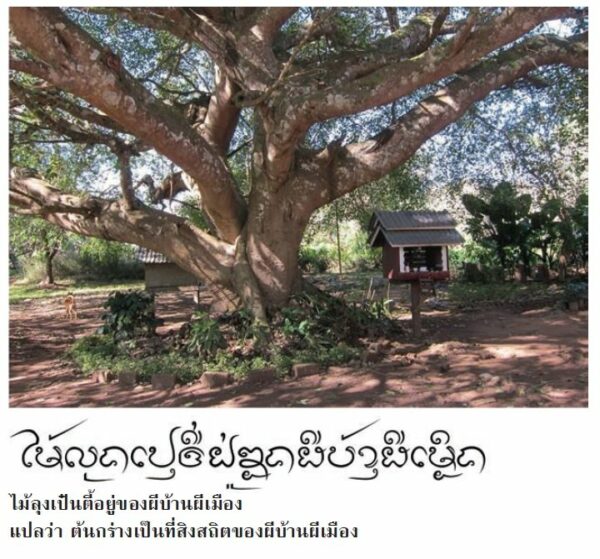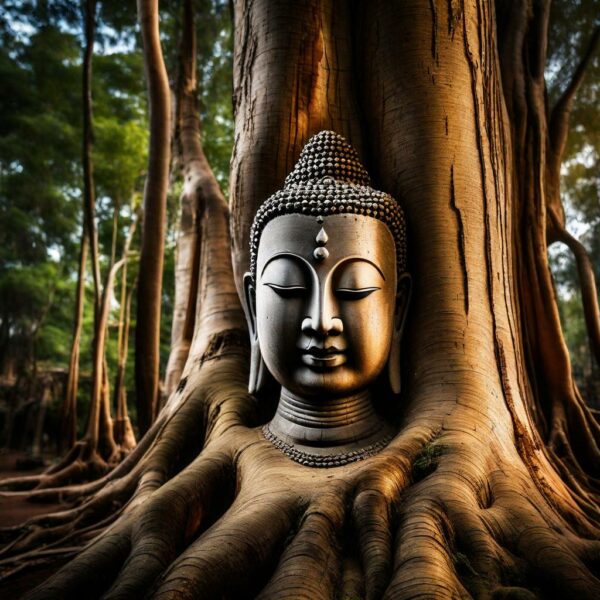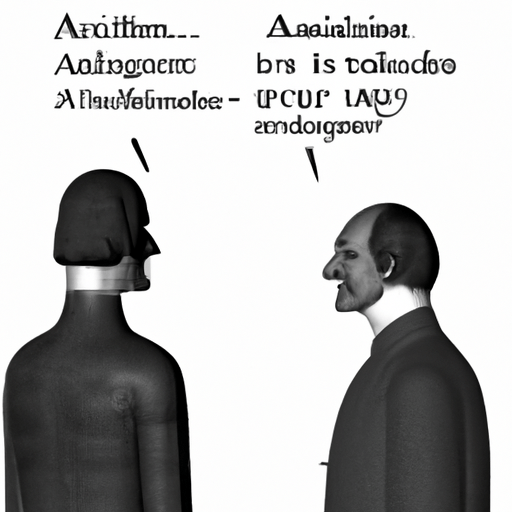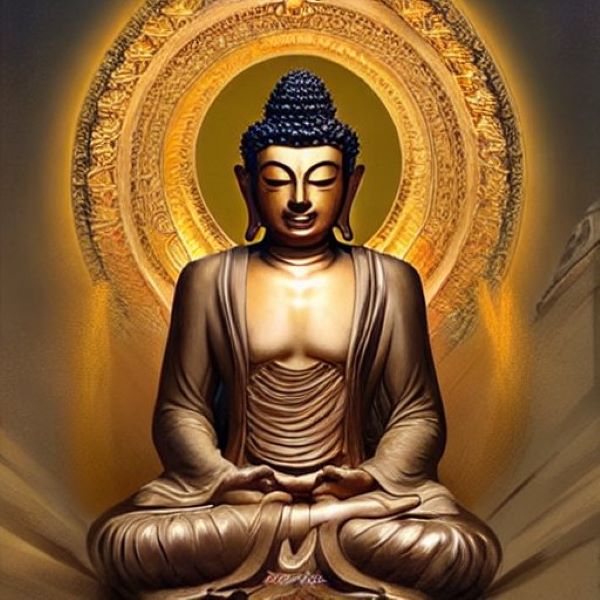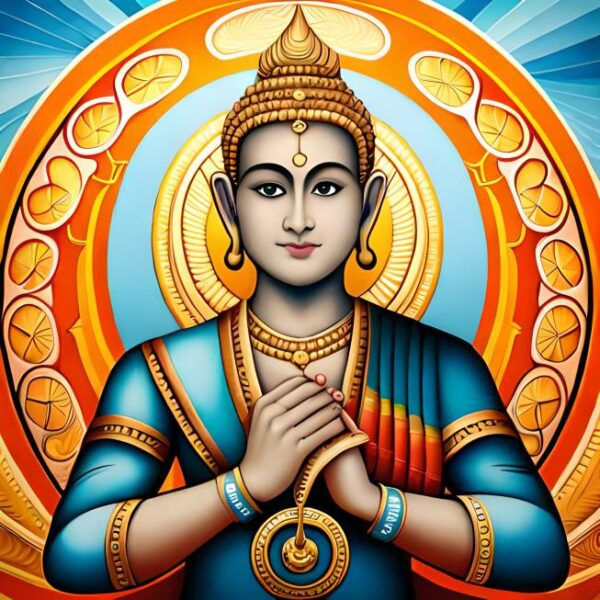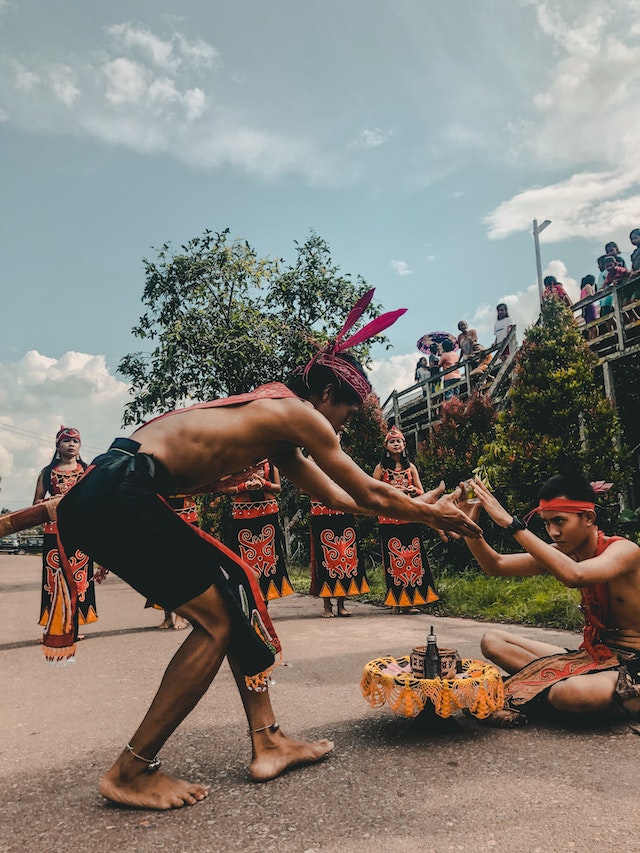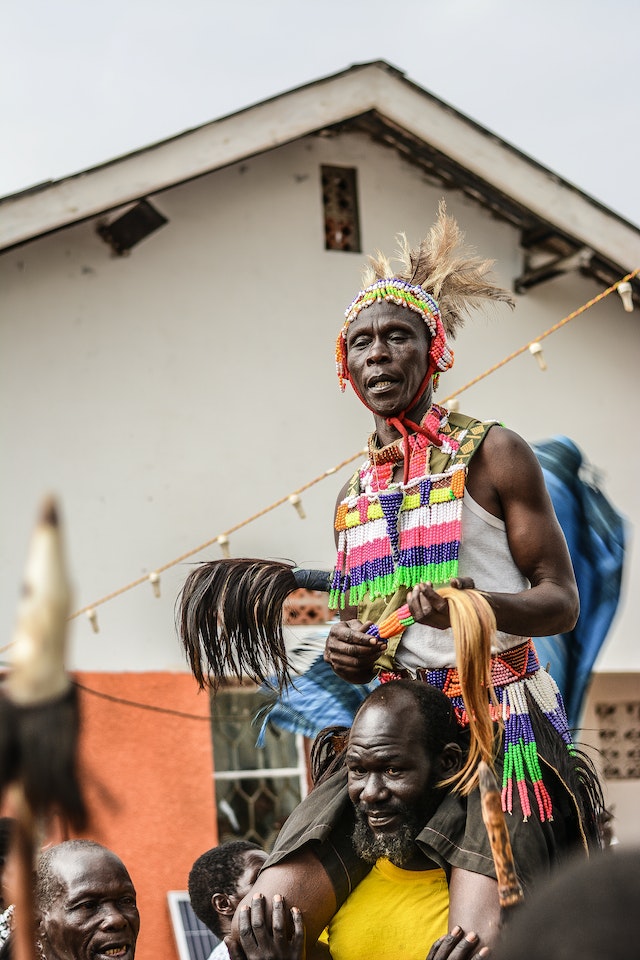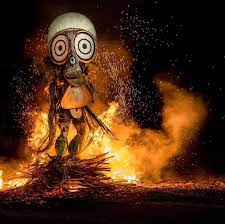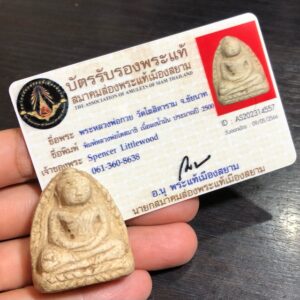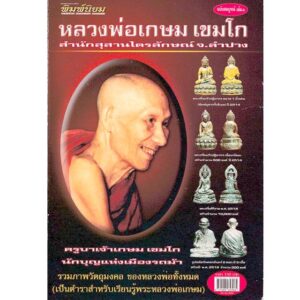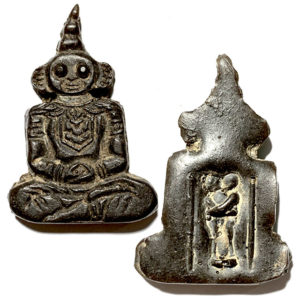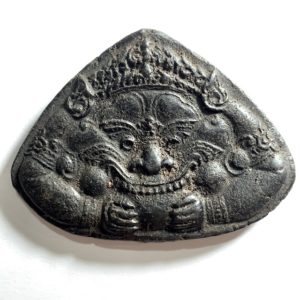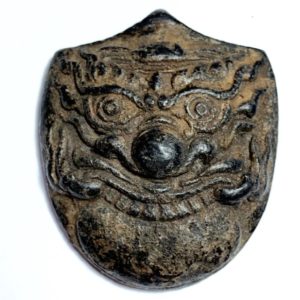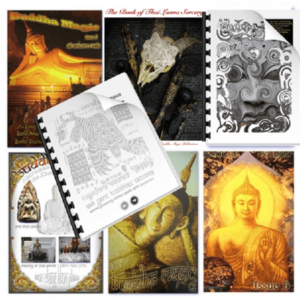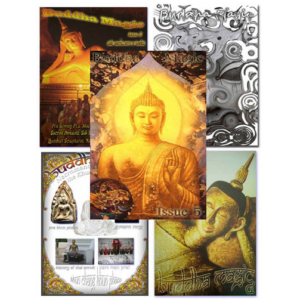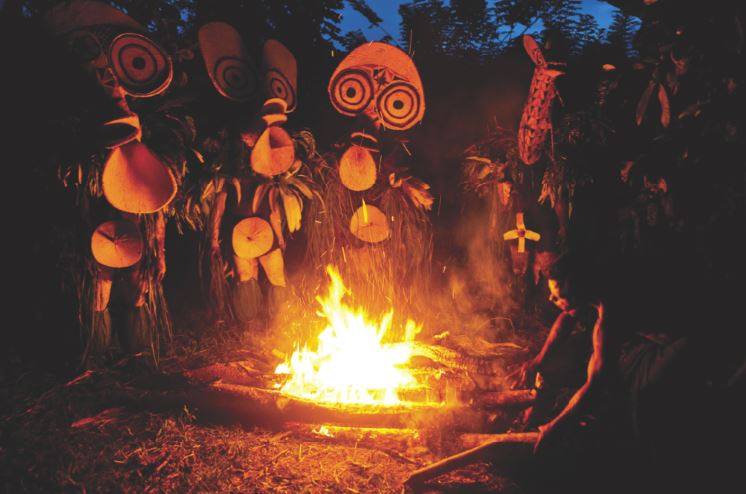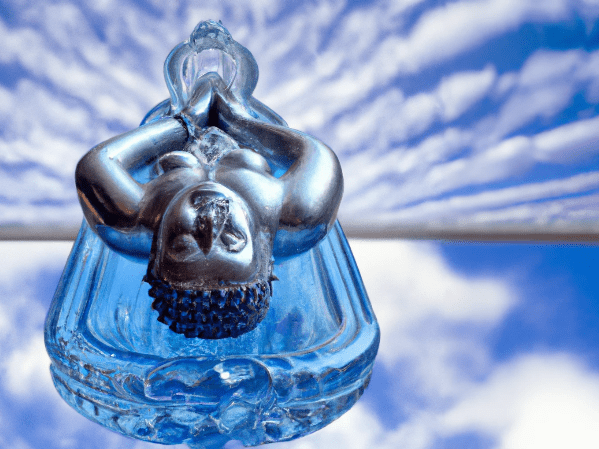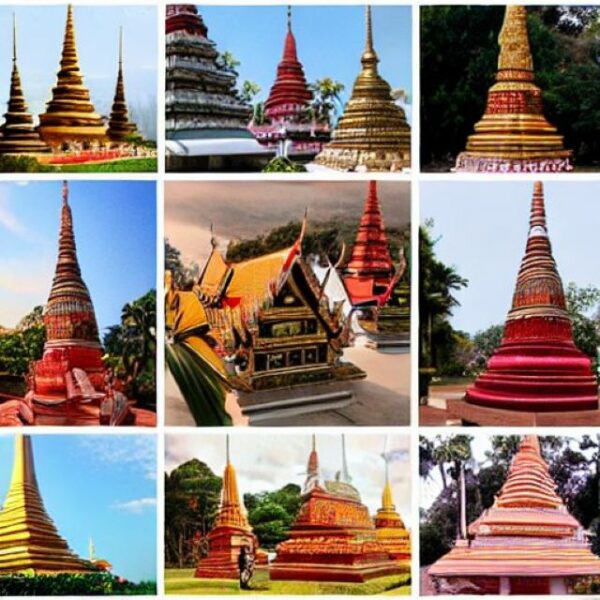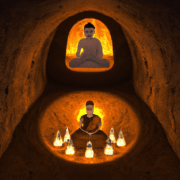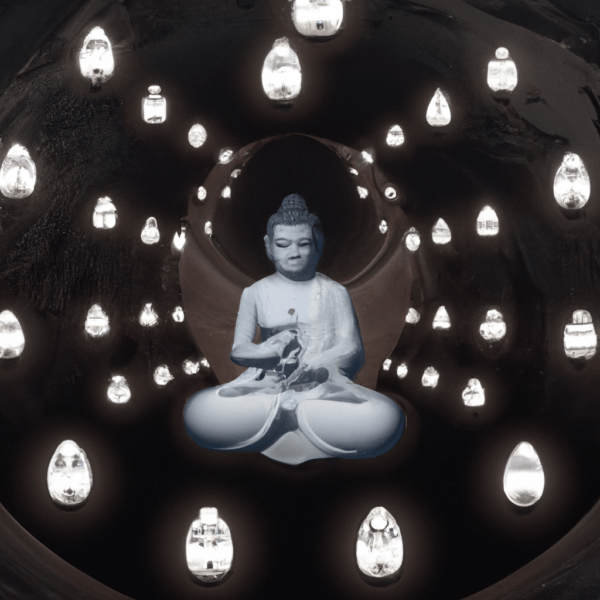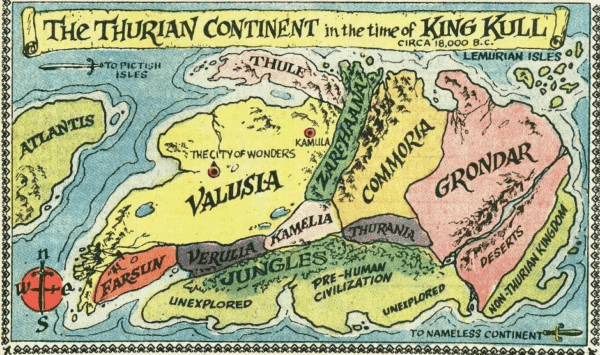“Uncovering the Secrets of Pre Cataclysmic Civilizations – A Journey Through Time.”
Pre Cataclysmic Civilizations are those civilizations that existed before a major natural, social or cultural event destroyed or changed them. These civilizations were the early inhabitants of Earth and their histories, cultures, and religions have been lost to time. Pre Cataclysmic Civilizations are often shrouded in mystery, but their legacies still survive in the form of artifacts, ruins, and ancient texts. These civilizations provide a window into the distant past and can offer insight into the development of modern societies.
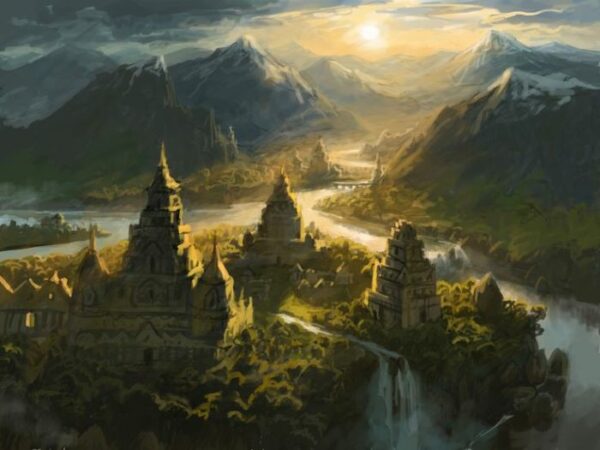
Antecedent Pre-Cataclysmic Civilizations are Possibly Factual
Exploring the Ancient Wonders of Pre Cataclysmic Civilizations
For centuries, the world has been captivated by the ancient wonders of pre-cataclysmic civilizations. From the pyramids of Egypt to the Great Wall of China, these ancient sites have stood the test of time and remain some of the most awe-inspiring places on the planet.
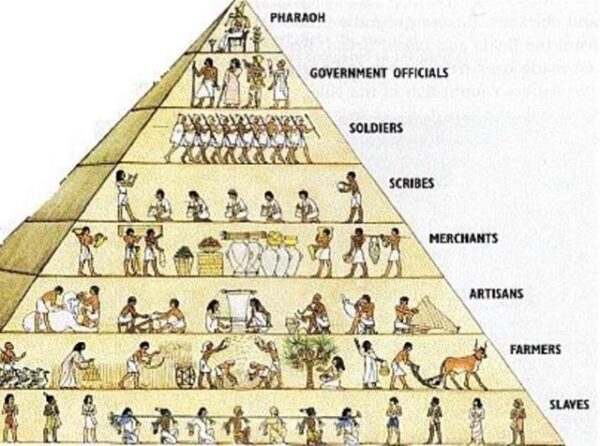
- The great pyramids of Giza stand as a testament to the ingenuity and skill of the ancient Egyptians. The fact that these monolithic structures were built over four thousand years ago is astonishing. The pyramids were built with incredible precision, making them some of the most precise structures in the world. The Great Sphinx of Giza, which guards the entrance to the pyramids, is also a marvel of ancient architecture. The sphinx is an immense statue carved with precise detail from a single piece of limestone.
- The Great Wall of China is another iconic pre-cataclysmic site. Built over 2,000 years ago, the Great Wall stretches for over 5,500 miles and is constructed from stone, bricks, and wood. It was built to protect China from the nomadic tribes of the north, and today it is one of the most recognizable landmarks in the world.
- The Parthenon in Athens is another example of the wonders of pre-cataclysmic civilization. This ancient temple was built over 2,500 years ago and is one of the most well-preserved ancient structures in the world. The Parthenon is an architectural masterpiece, with its iconic columns and magnificent sculptures adorning its walls.
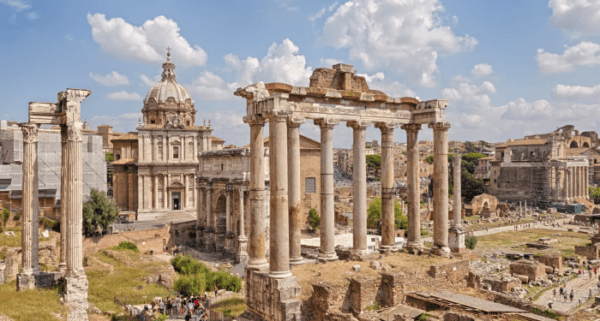
Ancient Lost Civilizations may have Preceding Ones
These ancient sites are incredible examples of the ingenuity and skill of pre-cataclysmic civilizations. They stand as a testament to the power and creativity of these ancient cultures and are a reminder of our shared history. Exploring these ancient wonders is an incredible experience and should be on everyone’s bucket list. So why not take the plunge and explore the ancient wonders of the world? You won’t regret it!
The Role of Religion in Pre Cataclysmic Civilizations
Religion has played an integral role in pre-cataclysmic civilizations since the dawn of time. In fact, it has been a major force in shaping and molding the development of many ancient societies. From the earliest days of human civilization, religious beliefs and practices have been used to explain the natural world and to provide a moral framework within which people can live. This has been especially true of pre-cataclysmic civilizations, which have often relied on religious traditions to provide a sense of stability in times of uncertainty and chaos.
The most obvious example of the role of religion in pre-cataclysmic civilizations is in terms of its ability to provide a moral framework. In many pre-cataclysmic societies, religious beliefs and practices were used to define right and wrong and to provide guidance to individuals and communities about how to live their lives. By providing a unified set of rules and expectations, religion was able to provide a sense of order and stability in times of crisis and uncertainty.
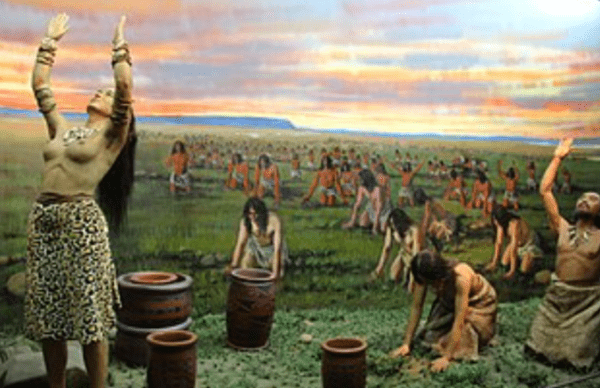
Did Religion Play a Role in Pre Cataclysmic Civilizations?
Religion was also an important source of social cohesion in pre-cataclysmic civilizations. By providing a shared set of beliefs and values, religion was able to bring people together and provide a sense of unity and common purpose. This was especially important in times of great upheaval and change, when it was essential to maintain a sense of unity and stability.
Finally, religion was also an important source of spiritual comfort and solace in pre-cataclysmic civilizations. In times of great suffering and tragedy, religion was often able to provide a sense of hope and a belief in a better future. This was especially true in times of upheaval and chaos, when it was essential to maintain a sense of optimism and faith in the future.
In conclusion, it is clear that religion has played an important role in pre-cataclysmic civilizations. From providing a moral framework and social cohesion to offering spiritual comfort and solace, religion has been an invaluable source of stability and hope in times of great suffering and turmoil. By unifying people and providing a sense of unity and common purpose, religion has been able to shape and mold the development of many pre-cataclysmic civilizations.
Examining the Art and Architecture of Pre Cataclysmic Civilizations
The art and architecture of pre-cataclysmic civilizations have long been a source of fascination for historians and archeologists alike. From the stunning stepped pyramids of the Maya to the intricate sculptures of the Aztecs, these ancient cultures left behind a lasting legacy of art and architecture that continues to astound us today.
It is no surprise that pre-cataclysmic civilizations created such remarkable works of art and architecture. Even in their primitive state, these civilizations had access to the resources and knowledge necessary to construct such grandiose and intricate structures. By studying the remains of these ancient cultures, we can gain a greater understanding of the engineering capabilities of our ancestors, as well as the cultural beliefs that shaped their art and architecture.
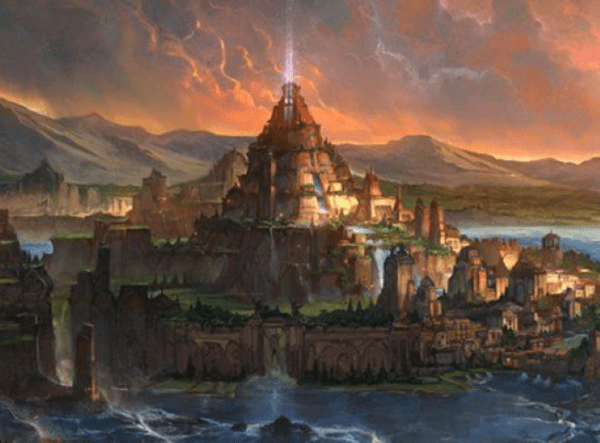
The art and architecture of pre-cataclysmic civilizations can tell us a great deal about the cultures that created them. From the detailed reliefs of the Aztecs to the stunningly well-preserved structures of the Maya, these works of art and architecture offer us a unique glimpse into the lives of our ancestors. By studying these structures, we can gain a better understanding of the beliefs, values, and practices of these ancient cultures.
The art and architecture of pre-cataclysmic civilizations can also offer us insight into the environmental and societal conditions that existed in these ancient cultures. By examining the materials used in the construction of these structures, we can learn about the resources available to these pre-cataclysmic civilizations, as well as the environmental conditions that existed at the time.
In conclusion, the art and architecture of pre-cataclysmic civilizations are an invaluable source of knowledge about our ancestors. By studying these works of art and architecture, we can gain a greater understanding of the engineering capabilities, cultural beliefs, and environmental conditions of these ancient cultures. It is only through a thorough examination of these works of art and architecture that we can gain a greater appreciation for our ancestors and the societies they created.
Investigating the Political Structures of Pre Cataclysmic Civilizations
The political structures of pre-cataclysmic civilizations remain shrouded in mystery, but their significance is undeniable. Despite the lack of information regarding the specifics of these societies, there is ample evidence to suggest that the political structures of these civilizations were complex, sophisticated, and diverse. It is thus essential to investigate and understand the political structures of pre-cataclysmic civilizations in order to gain a better understanding of the history of humanity.
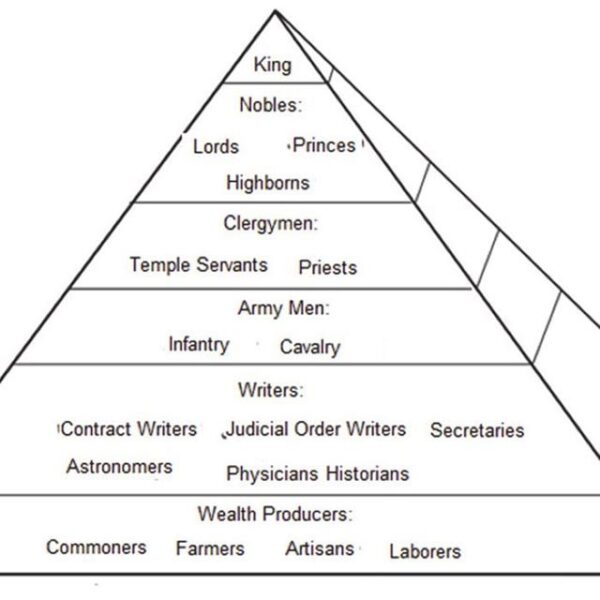
Social Organization of Sassanid in Iran
One of the most important aspects of pre-cataclysmic civilizations was their dedication to the rule of law. In many cases, the law was based on the principles of justice, fairness, and order. This meant that the law was applied to all citizens, regardless of their social class or status. Law enforcement was also an important part of pre-cataclysmic societies, with codes of conduct and punishments for violations being enforced.
The political structures of pre-cataclysmic civilizations were highly stratified, with rulers and leaders controlling the government and its citizens. In some cases, the ruling class was hereditary, while in others, power was based on merit. This system of governance allowed for greater social mobility than modern societies, as individuals could rise to positions of power through hard work and dedication.
The political structures of pre-cataclysmic civilizations were also highly decentralized. This allowed for a greater degree of autonomy and self-governance than is seen today. This decentralized system also meant that different regions of the world could be governed by different political systems. This allowed for the development of unique cultures and civilizations in different parts of the world, allowing for increased diversity and creativity.
In conclusion, the political structures of pre-cataclysmic civilizations were complex, diverse, and highly advanced. Investigating and understanding these political structures is essential to gaining a better understanding of the history of humanity. As such, it is essential that we continue to research and study the political structures of these ancient civilizations in order to gain a better understanding of our own history and culture.
Analyzing the Social Customs of Pre Cataclysmic Civilizations
Pre-cataclysmic civilizations had a variety of social customs and traditions that have been studied by anthropologists and historians for centuries. It is clear that these cultures had a deep appreciation for the traditions and customs that were practiced by their ancestors. This appreciation for the past has been passed down through generations and is still evident today in many cultures around the world.
The social customs of pre-cataclysmic civilizations varied greatly depending on the location and culture of the people. In some cultures, certain customs were seen as essential to their way of life while in others they were seen as optional. For example, in some cultures, marriage was seen as essential while in other cultures, it was seen as an optional practice. In some cultures, it was believed that the gods had to be appeased and rituals were performed to ensure that this happened.
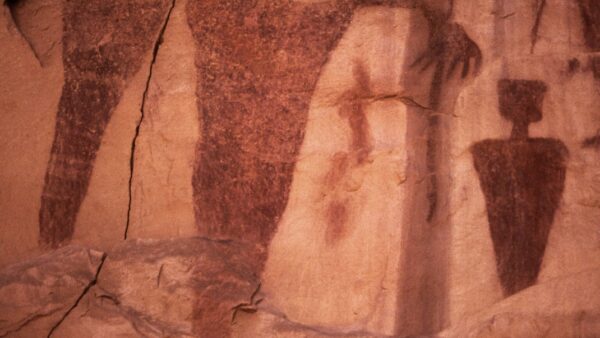
In addition to these customs, many pre-cataclysmic civilizations had complex systems of laws and regulations to keep their societies in order. These laws were often very strict and could range from harsh punishments for minor infractions to death for serious offenses. These laws were designed to keep the peace and maintain order in the society.
The customs and traditions of pre-cataclysmic civilizations are important to study because they provide valuable insights into how our ancestors lived and the importance they placed on their traditions. They also provide valuable lessons for modern societies about how to live in harmony and respect for each other. It is important to remember that these cultures had a deep appreciation for their customs and traditions and that we should strive to learn from them and use them as a guide for our own behavior.
Conclusion
The Pre Cataclysmic Civilizations have been a source of fascination and study for centuries. These civilizations were complex, sophisticated, and highly advanced for their time. They left behind a rich legacy of art, architecture, and literature that has influenced the cultures of today. Although these civilizations are now long gone, they are still remembered and studied by historians. Their contributions to the world have had an enduring impact, and they continue to be remembered and admired.
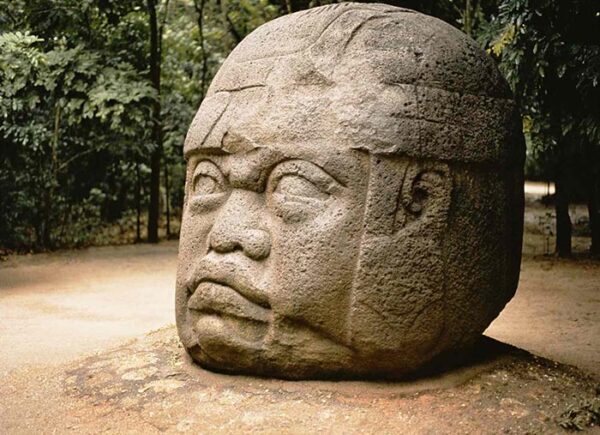
This blogpost was composed by myself the author (Ajarn Spencer) with assistance from OpenAI’s GPT3 and, for some of my other private projects, ChatGPT Artificial Intelligence Technology. I would like to thank, and state my amazement at the wonders of Dall-E, GPT3, and GPT Chat, as well as the many other applied methods of accessing OpenAI’s mind-blowing neural network artificial intelligence technologies, that are about to change the world forever, in ways most people can not yet imagine.










